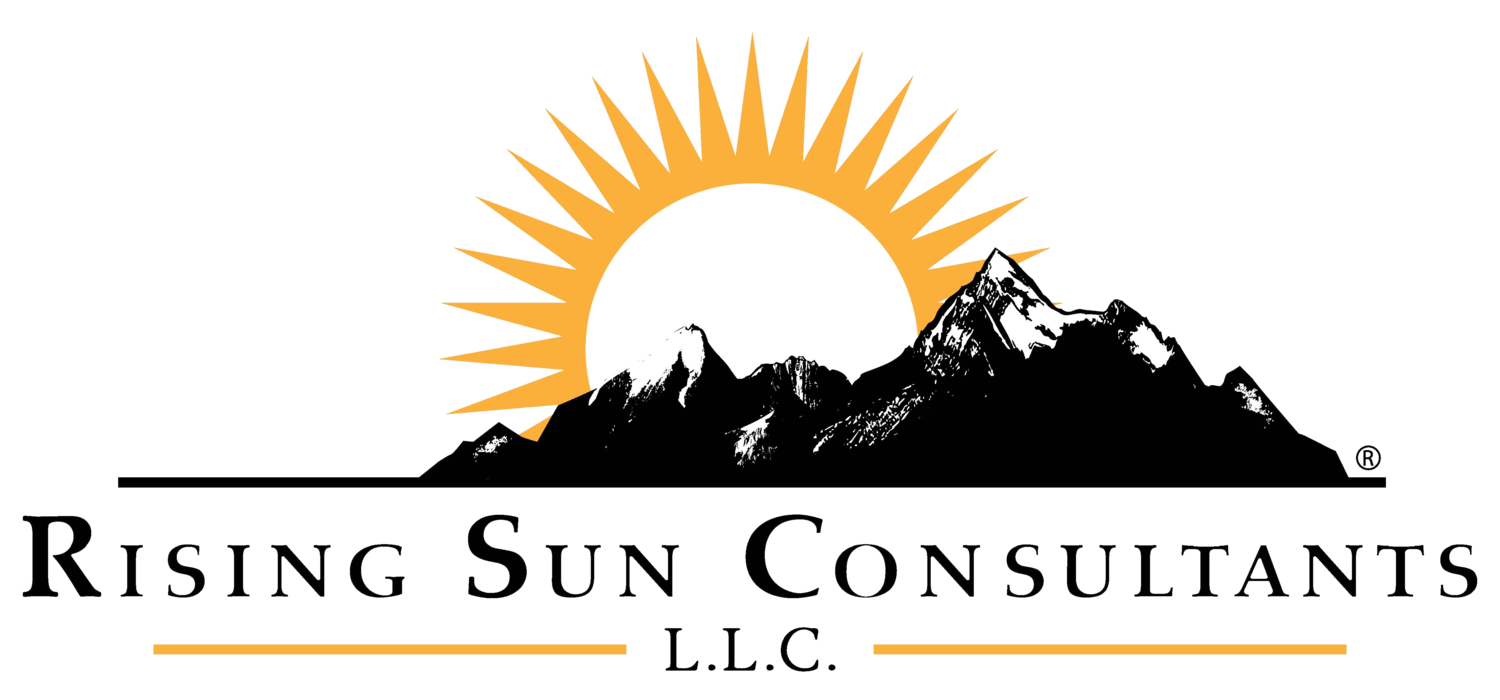We live in a world obsessed with growth. There’s the relentless pursuit of “more” — bigger budgets, higher numbers, ever-expanding goals. Whether in business, non-profit ministries, or churches, how we define success matters. What makes for healthy growth? How do we know when we’ve reached “enough”?
Growth and progress themselves aren’t the problem. In fact, growth is often a sign of health. The challenge lies in why and how we pursue growth. When growth aligns with our core values and serves our deeper mission, it becomes transformative rather than consuming. The question isn’t whether to grow, but whether our growth serves the mission or whether we’ve begun serving growth itself.
Let me be clear: I’m not suggesting we should fear advancement or settle for less than our best. That kind of thinking can become an excuse for mediocrity or simply poor stewardship. Rather, I’m advocating for intentional growth — expansion that reflects our values, pushes the mission forward, and anchors deeply on the organization’s core purpose. The alternative — growth pursued blindly or for its own sake — can lead organizations astray.
Consider companies like Enron or Lehman Brothers, which collapsed or filed for bankruptcy in the early 2000s. These weren’t simply cases of aggressive growth strategies; they represented what happens when the pursuit of growth becomes detached from ethical foundations and accountability. The issue wasn’t growth itself but growth fueled by greed and achieved through fraudulent means.
By contrast, Patagonia, founded by Yvon Chouinard, grew substantially while maintaining strict environmental and ethical standards. In 2022, Chouinard transferred ownership to a trust and nonprofit dedicated to fighting climate change, stating: “Earth is now our only shareholder.” Their expansion allowed them to have greater positive impact while staying true to their core values. Similarly, 37Signals (the company behind Basecamp), led by Jason Fried and David Heinemeier Hansson, rejected the venture capital “grow-at-all-costs” model while still building a highly successful software company and maintaining a relatively small team.
I’ve spoken with many leaders who find themselves stretched professionally and personally. Some push themselves relentlessly up the ladder, believing that more growth always equals more success. Others fear advancement, worrying that greater responsibility will inevitably compromise their values or relationships. Both extremes miss the mark. Climbing the ladder doesn’t have to mean distancing ourselves from our core values and vision. Yet, how much is enough?
The real danger isn’t growth itself but growing without awareness. Leaders often confide in whispers about missing milestones at home, about relationships strained by late nights and the pressure to do more. These aren’t stories of failure because of growth; they’re stories of growth without boundaries or purpose. Without a clear understanding of “enough,” we risk getting caught in currents that slowly erode our commitment, even our character and relationships while we chase the next elusive milestone.
So how can leaders practically determine when is enough? Consider these criteria:
- Mission Alignment – Does this growth directly advance our core purpose, or is it diluting it?
- Stakeholder Impact Mapping – How does this growth affect all stakeholders—shareholders, employees, customers, community, and environment?
- Value-to-Cost Ratio – How might the additional revenue or impact compare to the associated hidden costs to product, service, innovation, culture, and relationships?
- Personal Integrity Check – Am I making decisions I’ll be proud to own five years from now?
A number of years ago, I learned about and eventually had a chance to meet Alan Barnhart of Barnhart Crane and Rigging based in Memphis, TN. Alan shared his decision to establish a financial finish line from a personal income standpoint—if I recall correctly, it was around $160,000 annually. In sharing about the danger of greed and the joy of generosity, he revealed the journey that led to transferring the ownership of his business, valued at around $250M, to a charitable irrevocable trust.
Servant leadership challenges us to invert the typical growth narrative. Instead of asking, “How can I build more?” it invites us to consider, “How can I serve better?” This shift from accumulation to contribution leads us to assess not only what we achieve but, more importantly, why we are pursuing growth, who we are becoming through that pursuit, and how our actions affect those we serve.
This approach isn’t about avoiding challenges or settling for less. Sometimes defining “enough” actually pushes us to grow in ways we’ve been avoiding out of fear or complacency. Other times, it helps us recognize when further expansion in one area would compromise something more valuable. Every leader’s “enough” will look different, shaped by their unique values, goals, and circumstances. It challenges us to resist both the undercurrent of “more is better” and the temptation to use “contentment” as an excuse for avoiding necessary growth.
Defining “enough” is an act of courage.

